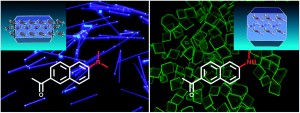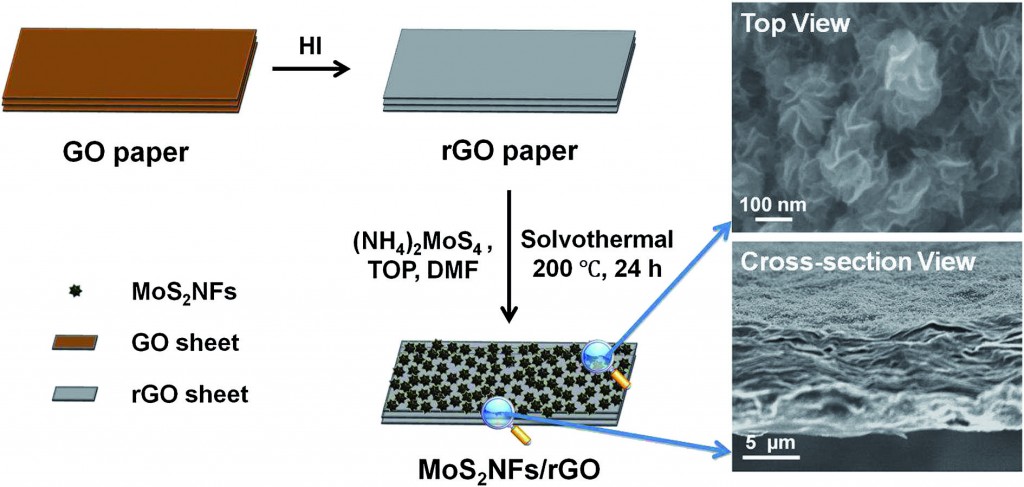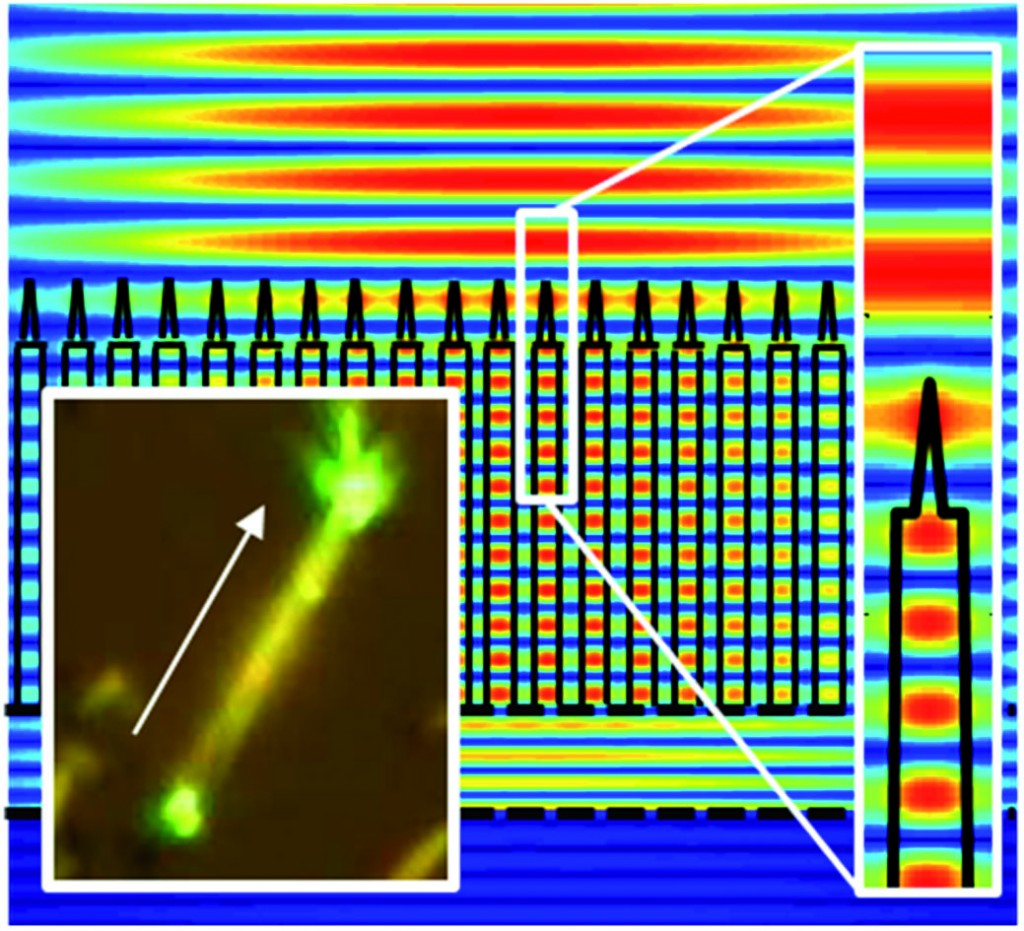This month sees the following articles in Nanoscale that are in the top 10 most accessed from January – March:
Multifunctional superparamagnetic iron oxide nanoparticles: design, synthesis and biomedical photonic applications
Lu Zhang, Wen-Fei Dong and Hong-Bo Sun
Nanoscale, 2013,5, 7664-7684
DOI: 10.1039/C3NR01616A, Review Article
Design of advanced porous graphene materials: from graphene nanomesh to 3D architectures
Lili Jiang and Zhuangjun Fan
Nanoscale, 2014,6, 1922-1945
DOI: 10.1039/C3NR04555B, Review Article
Mesoporous silica nanoparticles for bioadsorption, enzyme immobilisation, and delivery carriers
Amirali Popat, Sandy Budi Hartono, Frances Stahr, Jian Liu, Shi Zhang Qiao and Gao Qing (Max) Lu
Nanoscale, 2011,3, 2801-2818
DOI: 10.1039/C1NR10224A, Review Article
6.5% efficient perovskite quantum-dot-sensitized solar cell
Jeong-Hyeok Im, Chang-Ryul Lee, Jin-Wook Lee, Sang-Won Park and Nam-Gyu Park
Nanoscale, 2011,3, 4088-4093
DOI: 10.1039/C1NR10867K, Communication
Vapor-phase growth and characterization of Mo1−xWxS2 (0 ≤ x ≤ 1) atomic layers on 2-inch sapphire substrates
Hongfei Liu, K. K. Ansah Antwi, Soojin Chua and Dongzhi Chi
Nanoscale, 2014,6, 624-629
DOI: 10.1039/C3NR04515C, Paper
Supramolecular self-assemblies as functional nanomaterials
Eric Busseron, Yves Ruff, Emilie Moulin and Nicolas Giuseppone
Nanoscale, 2013,5, 7098-7140
DOI: 10.1039/C3NR02176A, Review Article
High efficiency electrospun TiO2 nanofiber based hybrid organic–inorganic perovskite solar cell
Sabba Dharani, Hemant Kumar Mulmudi, Natalia Yantara, Pham Thi Thu Trang, Nam Gyu Park, Michael Graetzel, Subodh Mhaisalkar, Nripan Mathews and Pablo P. Boix
Nanoscale, 2014,6, 1675-1679
DOI: 10.1039/C3NR04857H, Paper
Yttrium-substituted nanocrystalline TiO2 photoanodes for perovskite based heterojunction solar cells
Peng Qin, Anna L. Domanski, Aravind Kumar Chandiran, Rüdiger Berger, Hans-Jürgen Butt, M. Ibrahim Dar, Thomas Moehl, Nicolas Tetreault, Peng Gao, Shahzada Ahmad, Mohammad K. Nazeeruddin and Michael Grätzel
Nanoscale, 2014,6, 1508-1514
DOI: 10.1039/C3NR05884K, Paper
A facile one-step solvothermal synthesis of graphene/rod-shaped TiO2 nanocomposite and its improved photocatalytic activity
Pengyu Dong, Yuhua Wang, Linna Guo, Bin Liu, Shuangyu Xin, Jia Zhang, Yurong Shi, Wei Zeng and Shu Yin
Nanoscale, 2012,4, 4641-4649
DOI: 10.1039/C2NR31231J, Paper
Nanostructured carbon–metal oxide composite electrodes for supercapacitors: a review
Mingjia Zhi, Chengcheng Xiang, Jiangtian Li, Ming Li and Nianqiang Wu
Nanoscale, 2013,5, 72-88
DOI: 10.1039/C2NR32040A, Feature Article
Why not take a look at the articles today and blog your thoughts and comments below.
Fancy submitting an article to Nanoscale? Then why not submit to us today!





















 Nanoscale is delighted to present its
Nanoscale is delighted to present its 


 Nanoscale is delighted to present its
Nanoscale is delighted to present its 
